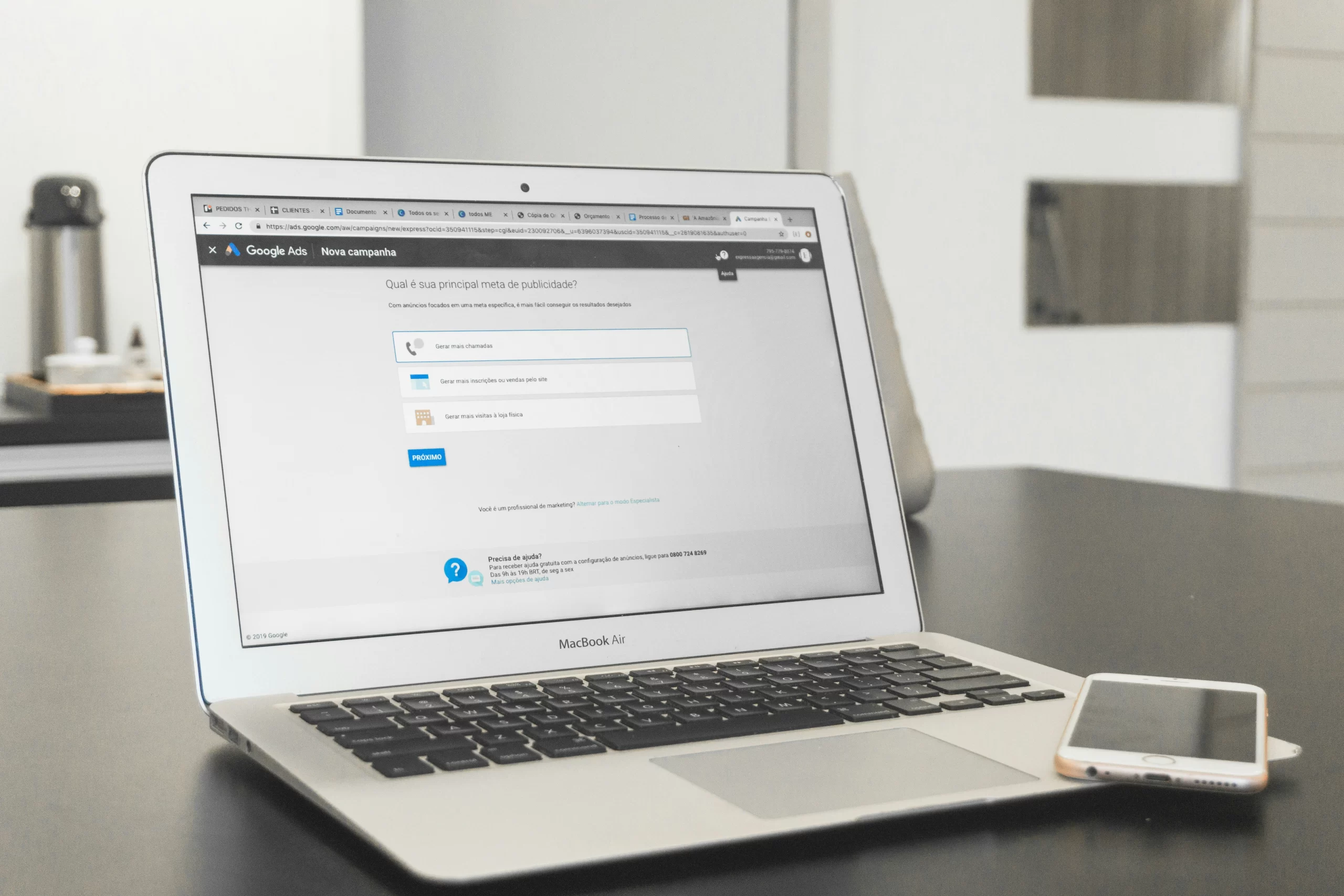Your harshest critics might just be your biggest opportunity. While NPS detractors can feel like a thorn in your side, they’re actually sitting on a goldmine of insights that can transform your customer experience—if you know how to handle them right.
Most businesses make the mistake of writing off detractors as lost causes. But converted detractors often become more loyal than customers who never had issues in the first place.
What Are NPS Detractors?
NPS detractors are customers who score between 0-6 when asked how likely they are to recommend your business.
They’re not just unhappy—they’re actively working against your growth. But detractors are talking to you, which is more than you can say for the silent majority who simply disappear without a word.
The Real Cost of Ignoring Detractors
Detractors create more negative word-of-mouth than promoters create positive buzz. Your unhappy customers are working overtime to share their bad experiences.
Only 1 in 26 unhappy customers actually speaks up. The rest quietly slip away, taking their business (and their friends’ business) with them. Your NPS calculation takes a direct hit too, since every detractor is a double whammy to your score.
The Hidden Opportunity in Detractor Feedback
Detractors often provide the most actionable feedback. While promoters might say “everything’s great,” detractors tell you exactly what’s broken.
Converting a detractor creates a more loyal customer than acquiring a new one. They’ve seen you at your worst and watched you make it right. Recovery stories become your most powerful testimonials—nothing beats a customer saying “they messed up, but here’s how they fixed it.”
8 Proven Strategies to Convert NPS Detractors
These strategies work, but only if you commit to following through consistently.
Strategy 1 – Close the Loop Fast (Within 24 Hours)
Speed matters more than perfection when it comes to detractor recovery. Your first response doesn’t need to solve everything—it just needs to show you’re listening.
Set up automated alerts so detractor responses hit your team’s inbox immediately. Every hour you wait is another hour they’re telling friends about their bad experience.
Strategy 2 – Segment Your Detractors by Recovery Potential
Customers scoring 4-6 usually have fixable issues with high conversion potential. Those scoring 0-3 often signal deeper problems requiring systemic changes.
Focus immediate efforts on the 4-6 group while building long-term solutions for the 0-3 segment. It’s about maximizing your recovery ROI.
Strategy 3 – Empower Your Frontline Teams
Give customer success agents authority to resolve issues without endless escalations. Nothing frustrates detractors more than being passed around like a hot potato.
Create scenario playbooks for common complaints: billing issues get immediate credit, product problems get timelines plus compensation, service failures get apologies plus upgrades. Your team needs clear guidelines on what they can offer and when to escalate.
Strategy 4 – Make It Personal, Not Generic
Generic “we’re sorry” emails get deleted faster than spam. Reference their specific feedback in your outreach—if they complained about slow response times, mention the exact delay they experienced.
Offer solutions that match their exact pain points. A billing complaint doesn’t need a product demo—it needs a fixed bill.
Strategy 5 – Use Predictive Data to Act Before They Leave
The best detractor recovery happens before someone becomes a detractor. Combine NPS scores with usage patterns to spot trouble early: declining login frequency, reduced feature usage, increased support tickets, late payments.
Reach out proactively when you see these patterns. “We noticed you haven’t been using [feature] lately—is everything working okay?”
Strategy 6 – Turn Recovery Into Advocacy
Once you’ve fixed their issue, don’t just move on. Converted detractors make incredible advocates because they have authentic turnaround stories.
Offer exclusive referral programs for customers who’ve been through your recovery process. Ask if they’d be willing to share their experience in a case study—many customers love being part of a company’s improvement story.
Strategy 7 – Integrate Feedback Across All Touchpoints
Your NPS data shouldn’t live in isolation. Connect it with support tickets, CRM records, and customer success interactions to create a complete picture of each customer’s journey.
When a detractor calls support, your agent should already know about their survey response. When they email sales, that team should understand their concerns too.
Strategy 8 – Follow Up to Confirm the Fix Worked
Don’t assume your solution solved the problem. Follow up 2-4 weeks after resolution to confirm they’re satisfied with a brief survey asking if their issue was resolved.
This follow-up often reveals additional issues you missed the first time. It also shows customers you genuinely care about their experience, not just closing tickets.
How SurveyVista Makes Detractor Recovery Seamless
Managing detractor recovery manually is like trying to juggle while riding a unicycle. Possible, but why make it harder than it needs to be?
Native Salesforce Integration Means No Data Silos
SurveyVista automatically tags detractors in your Salesforce customer profiles the moment they submit feedback. Real-time alerts notify your customer success teams instantly when detractor responses come in.
The no-code setup works out of the box with your existing Salesforce instance. No IT projects, no API complications, no months-long implementations.
Act on Insights Faster With Automated Workflows
Configure SurveyVista to automatically create support tickets for detractor responses. Route feedback to the right teams based on complaint categories and track resolution progress without switching platforms.
Set up escalation rules so high-priority detractors get immediate attention. Some customers can wait—others need VIP treatment.
Understand Patterns With Built-In Analytics
Identify common themes in detractor feedback without reading hundreds of individual responses. SurveyVista’s analytics surface the patterns that matter.
Spot trends before they become bigger problems. Measure your detractor recovery success rate over time and track which strategies work best for different complaint types.
Building Your Detractor Recovery Process
Here’s how to build your system systematically.
Week 1 – Set Up Your Detection System
Deploy NPS surveys at key touchpoints: post-purchase, after support interactions, and during renewal conversations. Configure automated alerts in SurveyVista so detractor responses trigger immediate notifications.
Train your team on response protocols. Who handles what types of complaints? What’s the escalation process? How quickly should they respond?
Week 2-4 – Perfect Your Response Process
Test different recovery approaches with small groups of detractors. Some respond better to phone calls, others prefer email.
Measure response times and resolution rates. Refine your messaging based on what works, saving templates for common scenarios while always personalizing them.
Month 2+ – Scale and Optimize
Expand surveys to more touchpoints as your process matures. Use predictive data to prevent detractors before they happen—proactive outreach often prevents negative feedback entirely.
Share success stories across your organization. When sales sees how customer success turns detractors into advocates, they’ll send better-qualified leads.
Measuring Success Beyond the NPS Score
Your NPS score is important, but it’s not the only metric that matters.
Track These Key Metrics
Your detractor-to-promoter conversion rate tells you how effective your recovery efforts really are—aim for at least 20% conversion within 90 days. Average time to resolution shows how efficiently you handle complaints.
Monitor your repeat detractor rate. If the same customers keep giving low scores, your fixes aren’t sticking. Calculate the revenue impact of recovered customers—detractor recovery isn’t just about scores, it’s about business results.
Share Wins Across Your Organization
Create monthly detractor recovery reports highlighting successes and improvement areas. Feature success stories in company meetings—when teams see the impact of their work, they stay motivated.
Recognize team members who excel at detractor recovery. Public recognition reinforces the behaviors you want to see more of.
Your Detractors Are Your Growth Engine
Your detractors aren’t your enemies—they’re your biggest opportunity for growth. They’re telling you exactly what needs fixing while your competitors are still guessing.
With the right process and tools like SurveyVista’s native Salesforce integration, you can turn your harshest critics into your most passionate advocates. The key is acting fast, being genuine, and following through on your promises.
Every detractor you convert doesn’t just improve your NPS score. They become living proof that your company cares enough to make things right, and that story spreads faster than any marketing campaign ever could.
Frequently Asked Questions
What NPS score range qualifies as a detractor?
NPS detractors are customers who score between 0-6 when asked how likely they are to recommend your business. These customers are considered unhappy and may actively discourage others from using your products or services.
How quickly should I respond to detractor feedback?
Respond to detractor feedback within 24 hours, ideally within 4 hours. Speed matters more than having a perfect solution immediately. A quick acknowledgment shows you’re listening and buys time to craft the right response.
Can detractors really become more loyal than regular customers?
Yes, converted detractors often become more loyal than customers who never experienced issues. They’ve seen you at your worst and watched you make it right, creating a stronger emotional connection to your brand.
Which detractors should I prioritize for recovery efforts?
Focus first on customers scoring 4-6, as they typically have fixable issues with high conversion potential. Those scoring 0-3 often require systemic changes and longer recovery timelines but shouldn’t be ignored.
How does SurveyVista help with detractor recovery in Salesforce?
SurveyVista automatically tags detractors in Salesforce customer profiles and sends real-time alerts to your team. The native integration creates support tickets automatically and tracks resolution progress without switching platforms.
More Like This

Rajesh Unadkat 
Founder and CEO
Rajesh is the visionary leader at the helm of SurveyVista. With a profound vision for the transformative potential of survey solutions, he founded the company in 2020. Rajesh's unwavering commitment to harnessing the power of data-driven insights has led to SurveyVista's rapid evolution as an industry leader.
Connect with Rajesh on LinkedIn to stay updated on the latest insights into the world of survey solutions for customer and employee experience management.



